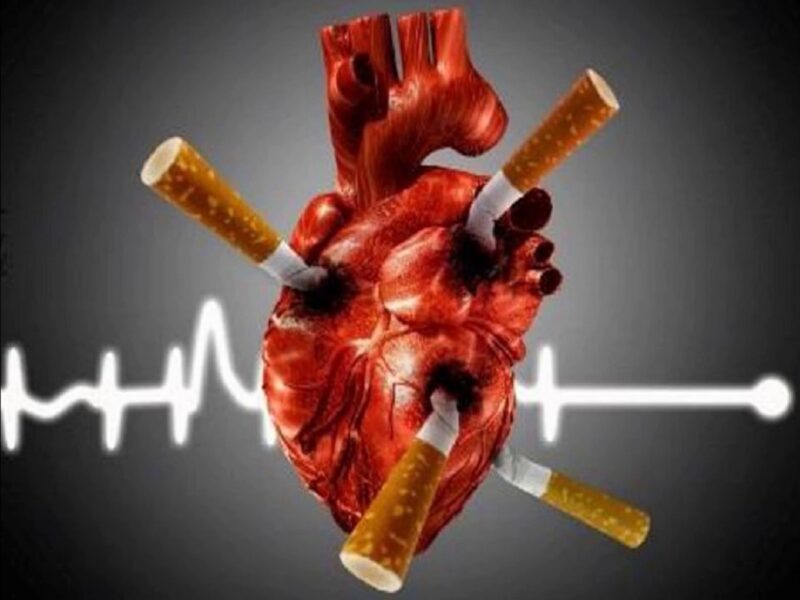In a first, the World Health Organization (WHO) on Tuesday, released a comprehensive set of tobacco cessation treatment guidelines for tobacco cessation in adults. This treatment guideline includes behavioural support delivered by health-care providers, digital cessation interventions and pharmacological treatments.
The guideline focuses on helping the more than 750 million tobacco users who want to quit all forms of tobacco. The recommendations are relevant for all adults seeking to quit various tobacco products, including cigarettes, waterpipes, smokeless tobacco products, cigars, roll-your-own tobacco, and heated tobacco products (HTPs).
“This guideline marks a crucial milestone in our global battle against these dangerous products,” said Dr Tedros Adhanom Ghebreyesus, WHO Director-General. “It empowers countries with the essential tools to effectively support individuals in quitting tobacco and alleviate the global burden of tobacco-related diseases.”
Over 60% of the world’s 1.25 billion tobacco users – more than 750 million people – wish to quit, yet 70% lack access to effective cessation services. This gap exists due to challenges faced by health systems, including resource limitations.
“The immense struggle that people face when trying to quit smoking cannot be overstated. We need to deeply appreciate the strength it takes and the suffering endured by individuals and their loved ones to overcome this addiction,” said Dr Rüdiger Krech, Director of Health Promotion at WHO. ”These guidelines are designed to help communities and governments provide the best possible support and assistance for those on this challenging journey.”
What Is Tobacco Cessation In Adults?
Quitting tobacco use and overcoming nicotine addiction is crucial for adults aiming to improve their health and cut the risk of diseases linked to smoking. Let’s explore why stopping tobacco use matters.
Tobacco is a top cause of preventable deaths across the globe. By quitting, adults can lower their chances of serious illnesses like lung cancer, heart disease, strokes, and breathing problems. Stopping tobacco not only helps the individual but also creates a healthier environment by cutting secondhand smoke exposure.
Challenges in Quitting Tobacco
Giving up tobacco is tough due to nicotine’s addictive nature. Withdrawal symptoms like cravings, irritability, and poor concentration can make quitting hard. Habits and routines linked with tobacco can prompt relapses. Help from healthcare professionals, counseling, and support groups can be vital for a successful quit.
Effective Strategies to Quit Tobacco
Several methods can help adults quit tobacco. Nicotine replacements like patches or gum can ease withdrawal symptoms. Behavioral therapies, such as cognitive-behavioral therapy, support changing one’s thinking and habits around tobacco. Setting a quit date, avoiding triggers, and seeking social support are also key.
The Role of Healthcare Providers
Healthcare providers are essential in aiding adults to quit tobacco. They offer counseling, personalized plans, and resources like quitlines and online support. Follow-ups can monitor progress and handle any challenges during the quit process.
Benefits of Quitting Tobacco
The benefits of stopping tobacco are wide-ranging. Better lung function, reduced heart disease risk, lower cancer risk, and improved life quality are a few positives. Financial savings from not buying tobacco and lower healthcare costs are also good reasons to quit.










